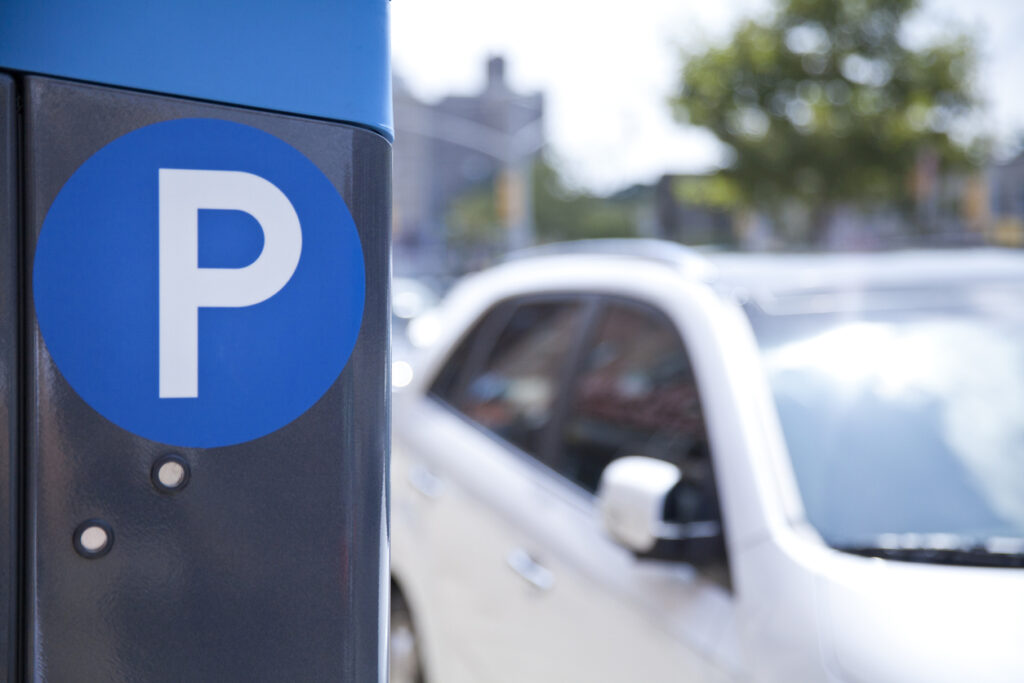Submitted by: Mark Schuster, Resident of Fernandina and Founder/CEO of turnKey Taxes, Inc.
The City of Fernandina Beach is once again considering paid parking downtown. Supporters claim it will bring in revenue. But those who’ve seen it before know: paid parking is a short-sighted move with long-term costs.
From Texas to Michigan, cities have tried to charge for parking and ended up reversing course when small businesses, workers, and residents pushed back.
Here are 20 hard-hitting reasons why Nassau County should learn from their mistakes—before it’s too late:
1. It scares off future business.
Entrepreneurs look at walkability and easy access when deciding where to invest. Paid parking sends a clear signal: go elsewhere.
2. When it rains, it pours—customers elsewhere.
Locals and tourists want to park close when it rains. If parking costs extra, they’ll wait out the weather—or drive to a mall.
3. Neighborhoods will get clogged.
Avoiding meters, drivers will park in nearby residential areas. Homeowners already overtaxed will pay in stress, noise, and full driveways.
4. It disrupts business survival math.
Retailers rely on new visitors and loyal customers. Paid parking disrupts both.
📣 Jamie Gomez, a barber in New Braunfels, TX:
“Our customers are finding other shops.”
5. The surprise fee backfires.
First-time visitors don’t expect meters. When they do, they complain—loudly and publicly.
📣 Bartender Kyra Ramirez:
“It just freaking sucks… I’m spending $50 a week to park.”
6. It kills the music and nightlife scene.
Locals go where it’s easy, fun, and free to park. Musicians follow the crowds. Your vibrant scene? It fizzles.
7. It dodges real government reform.
Need revenue? Start by auditing bloated spending. Paid parking skips the hard (but necessary) conversations about government efficiency.
8. It stifles creativity.
What if we partnered with local groups or launched a “visitor pledge” program? Paid parking tells citizens: We’ve stopped trying.
9. It destroys civic trust.
📣 St. Joseph, Michigan: After metering downtown, 91% of surveyed businesses said traffic dropped.
The backlash was so fierce, the city had to scale it back.
10. Not everyone has an app.
Visitors without smartphones—especially seniors and low-income folks—are stuck. Flip phones don’t pay meters.
11. It drives away employees.
📣 New Braunfels, TX workers called it “ridiculous” to pay to work.
Don’t be surprised if workers in Fernandina choose jobs outside the district.
12. The numbers don’t add up.
Cities rarely report the true net after enforcement, tech contracts, and public anger.
Where are the success stories from similar towns?
13. There’s no backup plan.
What if it flops? What’s Plan B? Paid parking is a one-way street—with no U-turns if it fails.
14. We’ve tried before—and it didn’t work.
What’s changed? Did the City meet with business owners, listen to real concerns, and address past failures?
15. It kills quick pick-ups.
People stopping for coffee or grabbing an online order won’t pay $2 for a 3-minute stop. They’ll stop going.
16. It shrinks community events.
📣 Wichita business owner Karla Cumley:
“Stop meditating now. Go feed the meter.”
That’s what she tells customers during 3-hour classes. Community events face the same pain.
17. Group outings decline.
Friends don’t want to each pay to park. They’ll choose places where parking is free—and hassle-free.
18. Leases will suffer.
Every business lease up for renewal will consider relocation. Vacancies rise. Rents fall. Momentum dies.
19. It’s the least understood—and most punishing—tax of all.
Ask any city who tried it. Business owners feel ambushed, employees feel nickel-and-dimed, and visitors never come back.
20. It’s not a last resort.
Before burdening businesses and punishing customers, the City must prove it has considered—and rejected—all other alternatives.
Where’s the spending audit? Where’s the citizen advisory group? Where’s the transparency?
Final Thought:
In San Francisco, Wichita, New Braunfels, and Michigan, cities have already learned the hard way that paid parking hurts more than it helps.
Let’s not become the next cautionary tale.
Reject the meters. Embrace smarter solutions. Protect our charm.


